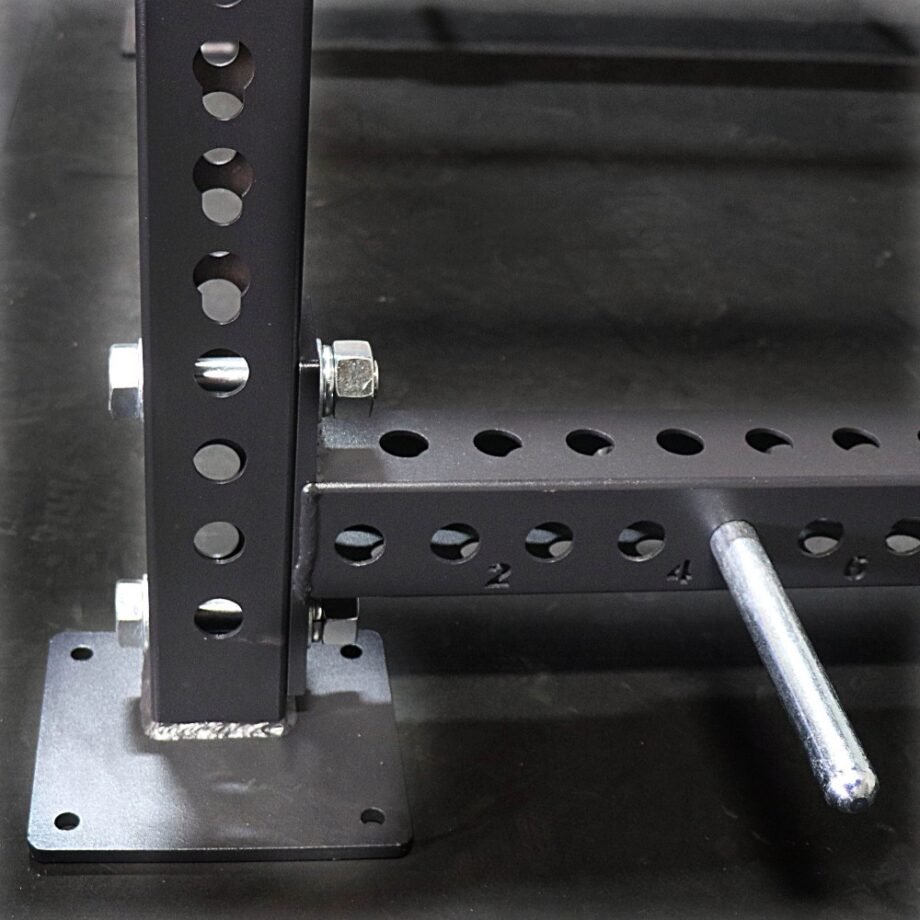


But, if you are barely training with 200-300 lbs of weight, you won’t have to push yourself that hard to reach the j-cups. 1” space will ensure that you load it back on the rack smoothly and comfortably, especially in the benching zone. It is good to have a squat rack that adheres to the Westside hole pattern but it's not mandatory.īasically, if you are training with heavy weights, you need closer gaps between the holes so you don’t have to hyperextend or hypo-extend your muscles to rack the loaded barbell. If you don’t have time to read the whole article all you need to know is that Westside hole spacing is basically ensuring a 1” gap between the holes of the squat rack. Here is a detailed article on Westside hole spacing and why it matters. It has a 2” gap between the holes and not 1”. Hole spacingĪs you can expect from a low-cost product, T-2 series power rack doesn’t adhere to Westside hole spacing. But, if you load it with heavier weights, it might wobble.

So, the Titan T-2 power rack can be an ideal option for beginners and people who have no intentions of lifting anything beyond 500 lbs. 2”X2” uprights, however, cannot be trusted with more than 500 lbs of weights, even if the manufacturer claims otherwise. Check out Rogue RML-3 Monster Lite Rack for example.ģ”X3” uprights are quite thick and have a larger surface that can be trusted to hold heavy weights. High-end squat racks meant for athletes, bodybuilders, and hardcore trainers usually have 3”X3” rights. Some may have 2.5” X 2.5” or 2” X 3” uprights but such racks often have compatibility issues because most squat rack accessories are usually compatible with 2” X2” or 3” X3” uprights. Titan T-2 power rack has 2” X 2” upright, which are standard measurements of any affordable squat cage. The stronger the uprights are, the more durable and reliable the overall power rack will be.


 0 kommentar(er)
0 kommentar(er)
